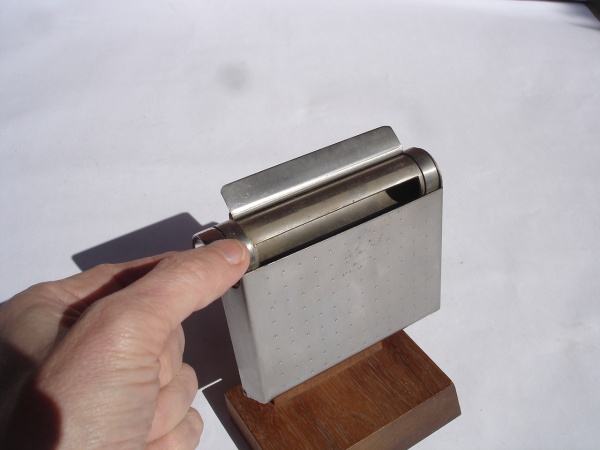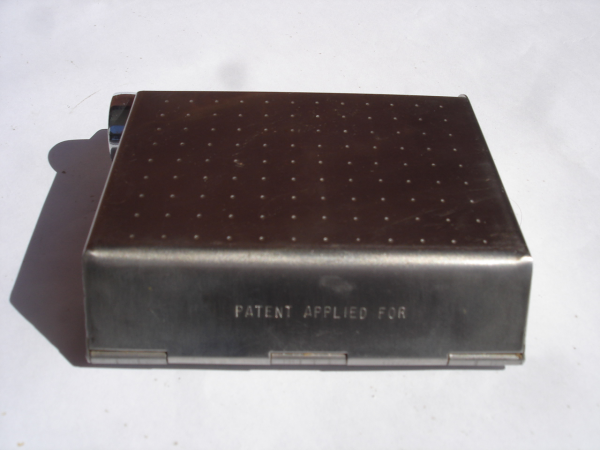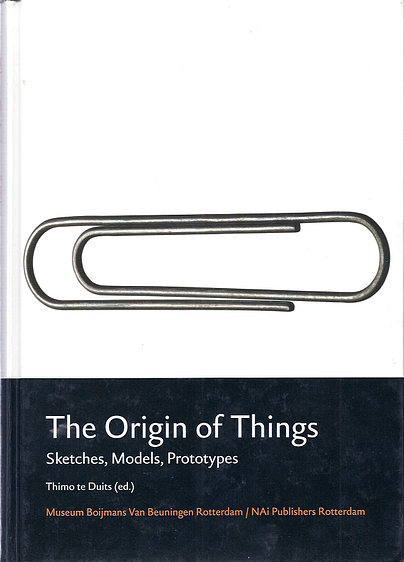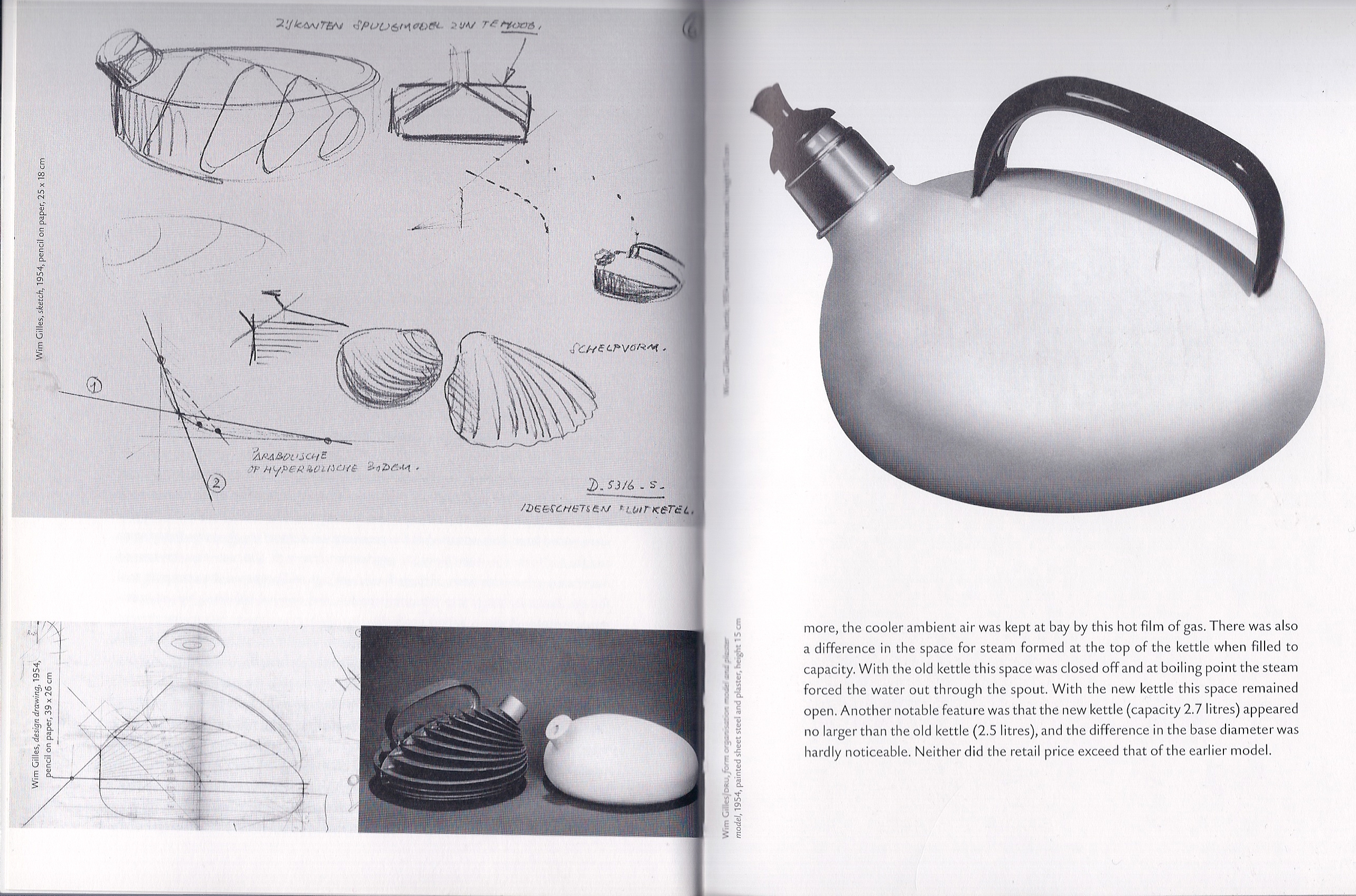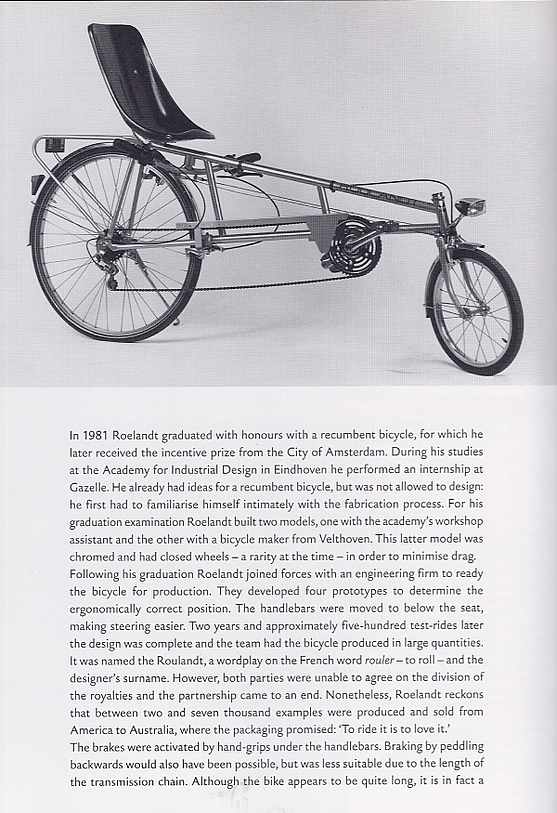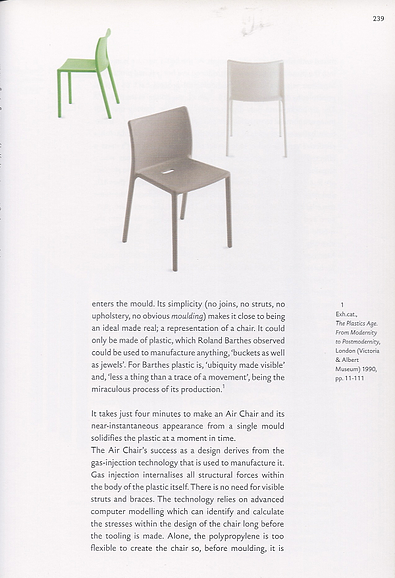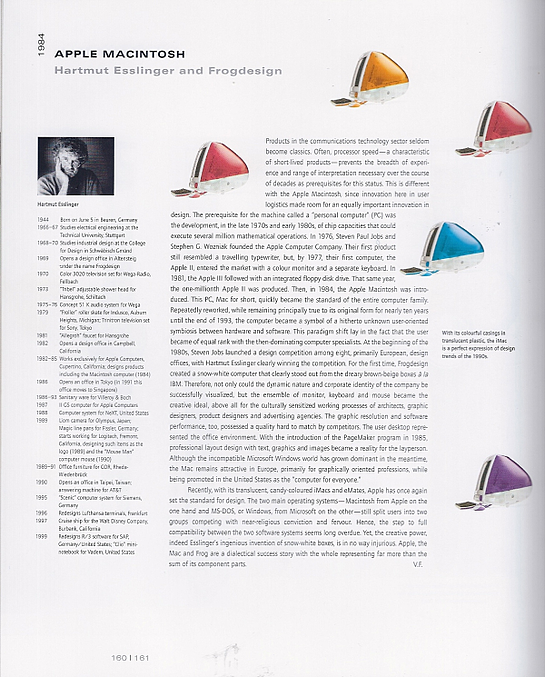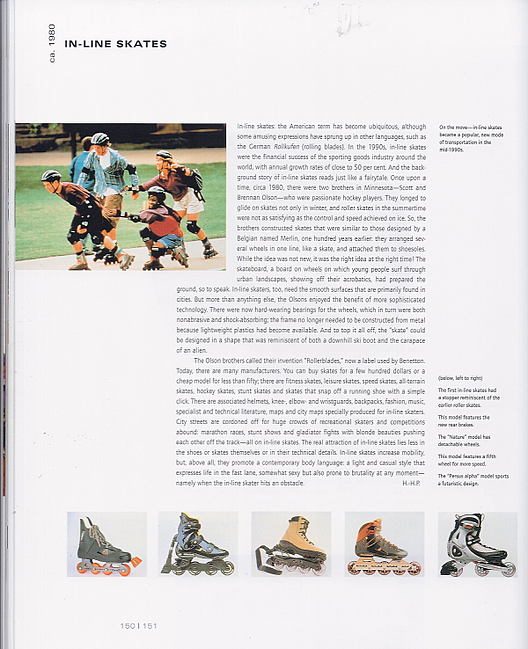The 2013 Industrial Designer Society of America (IDSA) International Conference was in Chicago during August and there was a lot to learn - here are 7 takeaways.
(1) Persistence can be an inventor's friend, greatly improving the end product along the way. Dean Kamen described his 10-plus years trying to get his Slingshot water purifier to people around the world who don't have safe water. The hope is to eliminate millions of deaths from water borne diseases.
One major obstacle was worldwide distribution, which Kamen recently solved working with Coke whose international distribution system is one of the best in the world.
Another major obstacle was the economics of Kamen's water purifier and power source. His recent thinking is a 8' X 8' X 20' box could ship more services along with the Slingshot to improve the cost benefit ratio. So the plan now is that one shipment includes an energy source, the Slingshot water purifier, a satellite based communications system and refrigeration for medicines. This would be available to a whole village in a remote location. Looks to me like Dean Kamen may solve more than one major world problem as a by-product of trying to solve one. The implementation of this idea could improve health, education, and communication for billions of people.
(2) Expect a proliferation of entrepreneurship. Prototypes are easier to make with 3D printing, money for product development and production is easier to raise, and products are easier to sell due to the internet and 3d printing. Here is one example that was on display.
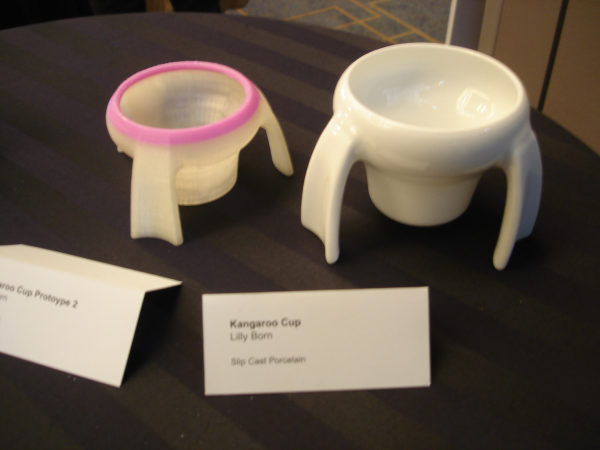
A young girl, Lilly Born, developed the Kangaroo Cup with the help of her father so that her grandfather who had Parkinson's disease wouldn't knock over his coffee or soup cup. Prototype 1 was a rough handmade prototype. Prototype 2 was a 3D printed prototype (shown on the left in the above picture). Then Lilly and her father both went to a ceramic factory in China to get a quote on the final Kangaroo Cup that they are now selling (the cup on the right in the picture). On Thursday Zach Kaplan of Inventables included a video on this project (see https://www.youtube.com/watch?v=HzNz25Kc5FQ ) in his presentation titled "Designers as Manufacturers: The Third Industrial Revolution."
(3) Expect to see more artistic-entrepreneurial products, too - ones that you often have a hard time getting funded - especially those that need anywhere from only a few thousand dollars up to 1 million or more. MINIMAL (MNML) and Kickstarter are enabling entrepreuneurs to develop and market their new product ideas as well as fund them.

This product is a book with pages that light up when the book is opened. The book can be laid flat on a table for the maximum amount of light or set down with the lit pages vertical and the book cover open or closed to permit the amount of light desired. Actually this is light that works like a book.
For a more complete look at the many Kickstarter projects displayed at the August 22nd exhibit at MNML in Chicago during the IDSA Conference see this page http://www.mnml.com/21277/1756315/our-work/kickstarter-all-stars-presented-by-mnml .
(4) The "unconference" concept was a full day at the conference because IDSA members are excited about connecting with each other on topics that they are passionate about. This is the first time the IDSA tried this idea at their International Conference. On Friday groups of 20-40 people had discussions during a 45 minute session on one topic that they signed up for. Anyone could propose a topic in advance and if interested could lead that discussion. Eight sessions ran concurrently in the 45 minute periods for most of Friday and participants could wander from one session to another to discover something of interest. No projectors. Just topical discussions - basically whatever you want. Some examples are "How is the 'Maker Revolution' going to affect ID?", "Origami and how it helps design" and "Creating an ID culture within an alien corporate climate".
(5) An "unconference" option on Friday was a three hour session called "Blitz" to brainstorm tangible ideas that can have a meaningful social impact. Social activist John Bieldenberg hosted this "Blitz" to help designers create concepts for new products and services that help to prevent bullying. As a result suicides, especially of children under 14, and school-shooting incidents can be reduced. The session partnered with the Hero in the Hallway organization that has helped Chicago schools with their "Spirit Desk" system reduce suicides and prevent bullying.
(6) The 3D printed car contest was launched and crashed. It was a big hit. As in the real world industrial designers had a chance to test their concepts against tough competition and in this case have fun too. Furthermore the entrants had to use 3D printed models. The three prize categories were for best flight, best crash (there was a slow motion camera directed at the crash site) and best looks. The winner in each category was awarded a 3D printer. Inventables, Models Plus and Options and Computer Aided Technology sponsored the printed car contest.

Above is one of the top ten car contest entries (out of over 100 entries) called "Balloona" designed by Ms. Reut Kovetz of Fahrenheit Design. Below is a picture after the ramp launch of the crash. The clear connectors are barely visible and so thin they break easily on impact and send the balls rolling in multiple directions.
The wheels and the optional ball bearing were installed at the conference. The entries were 3D printed at the conference on one of two 3D printers. Pictures reprinted with the permission of Fahrenheit Design in Austin, Texas.

Intrigued? Check out these videos:
Here's a link to the blog post:
Video of the race:
Here are all the cars (10 were selected for the launch):
Coincidently one of the conference speakers, industrial designer Byron Block, on Thursday revealed the biggest safety blunders in vehicle design. Byron has fought for and influenced the adoption of safer designs that are feasible - in rollovers with weak roofs, truck underside decapitation tragedies and unsafe fuel tanks that led to fire deaths.
(7) The conference was an incredible chance to meet designers of all stripes and be exposed to all sorts of new ideas and products. Below is one example - the SPUN swivel chair that won't fall over as seen at the Steng Design Party at Orangeskin on Friday night. The SPUN chair just keeps rotating around whenever you move.
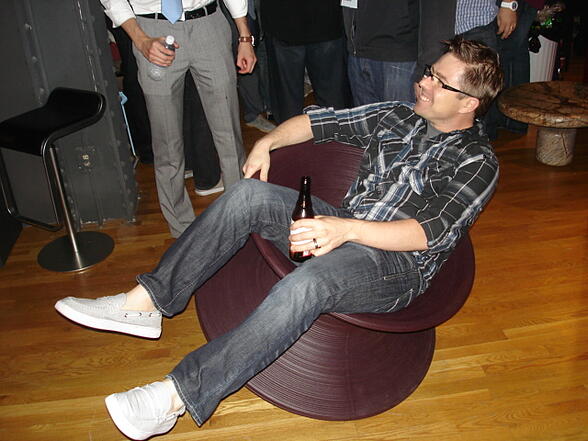
Here Justin Eddings, an Interaction & Industrial Designer as well as the Product User Experience Designer at Sprint, travels in circles at Orangeskin. There were six networking events just on Thursday night and four more on Friday including a boat tour sponsored by Designcraft!
If you wanted to find out where the world of industrial design is headed the 2013 IDSA International Conference was the place to learn from companies like Inventables, MNML, Kickstarter, etc. Like the personal computer before it the personal fabricator is taking industrial design, prototyping and production into an extremely fast growing part of the economy. Now individuals can actually find the funding and tools to prototype and produce new products and services that are custom made to the client or produced in small quantities economically.
If you wanted to see examples of people who are making a huge difference in solving social problems Dean Kamen's presentation on providing clean water and more around the world got a standing ovation. At John Bielenberg's hosting of the unconference "Blitz" brainstorming you could participate in trying to come up with concepts for new products and services that might turn schools around and even reduce suicides and shootings. Industrial designers are continuing to expand their work into solving big social problems.
So why does a model maker go to an industrial design conference? We are two sides of the same coin and success depends on close collaboration. Many good ideas die in the development stage because implementation requires special skills and tools. Converting an idea to reality is often difficult - the skills and tools of both the industrial designer and the model maker are often crucial to the creation of a successful product. It is important to the success of the model maker and the industrial designer to learn from each other.
Model Builders, Inc. is known for helping others go from idea to reality. Take the next step by contacting us at Model Builders, Inc., 773-586-6500 or info@modelbuilders.net .
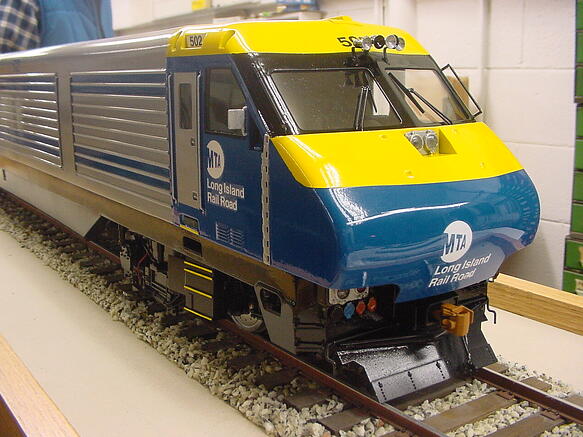
 Internal equipment rack prior to painting. Primarily brass construction
Internal equipment rack prior to painting. Primarily brass construction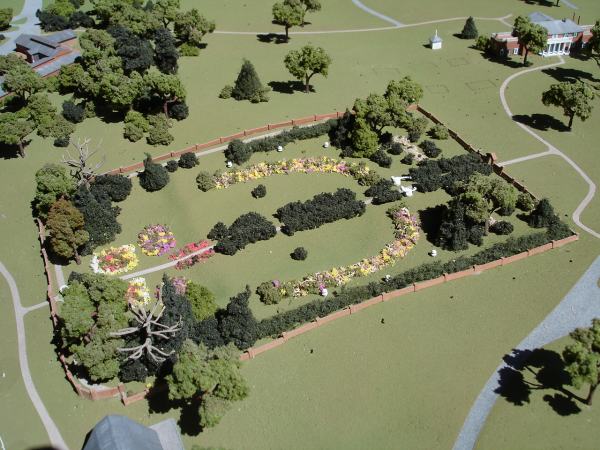


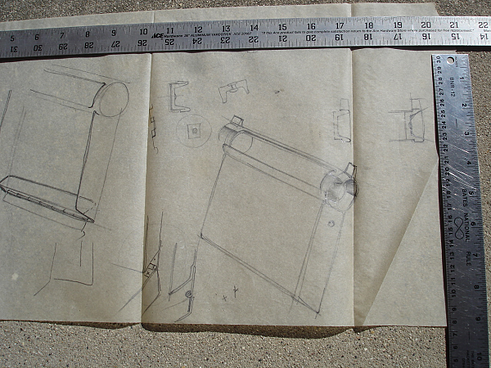


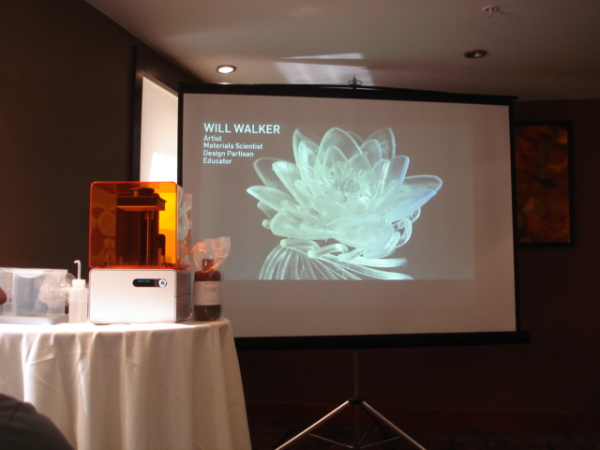



 Patented hinge with two aluminum extrusions and a plastic extrusion in the middle.
Patented hinge with two aluminum extrusions and a plastic extrusion in the middle.

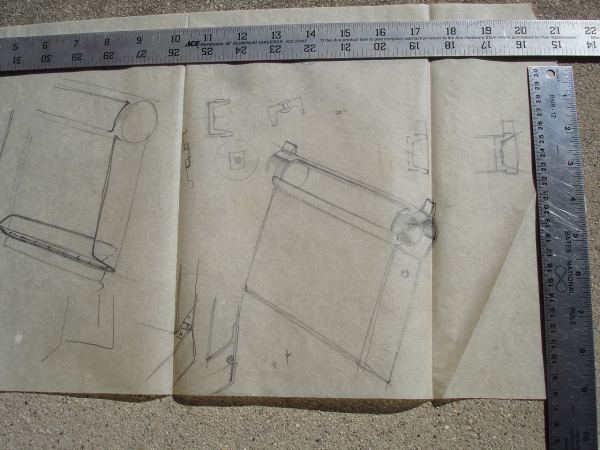 Above are some sketches of the ashtray made prior to the fabrication of the prototype.
Above are some sketches of the ashtray made prior to the fabrication of the prototype.
